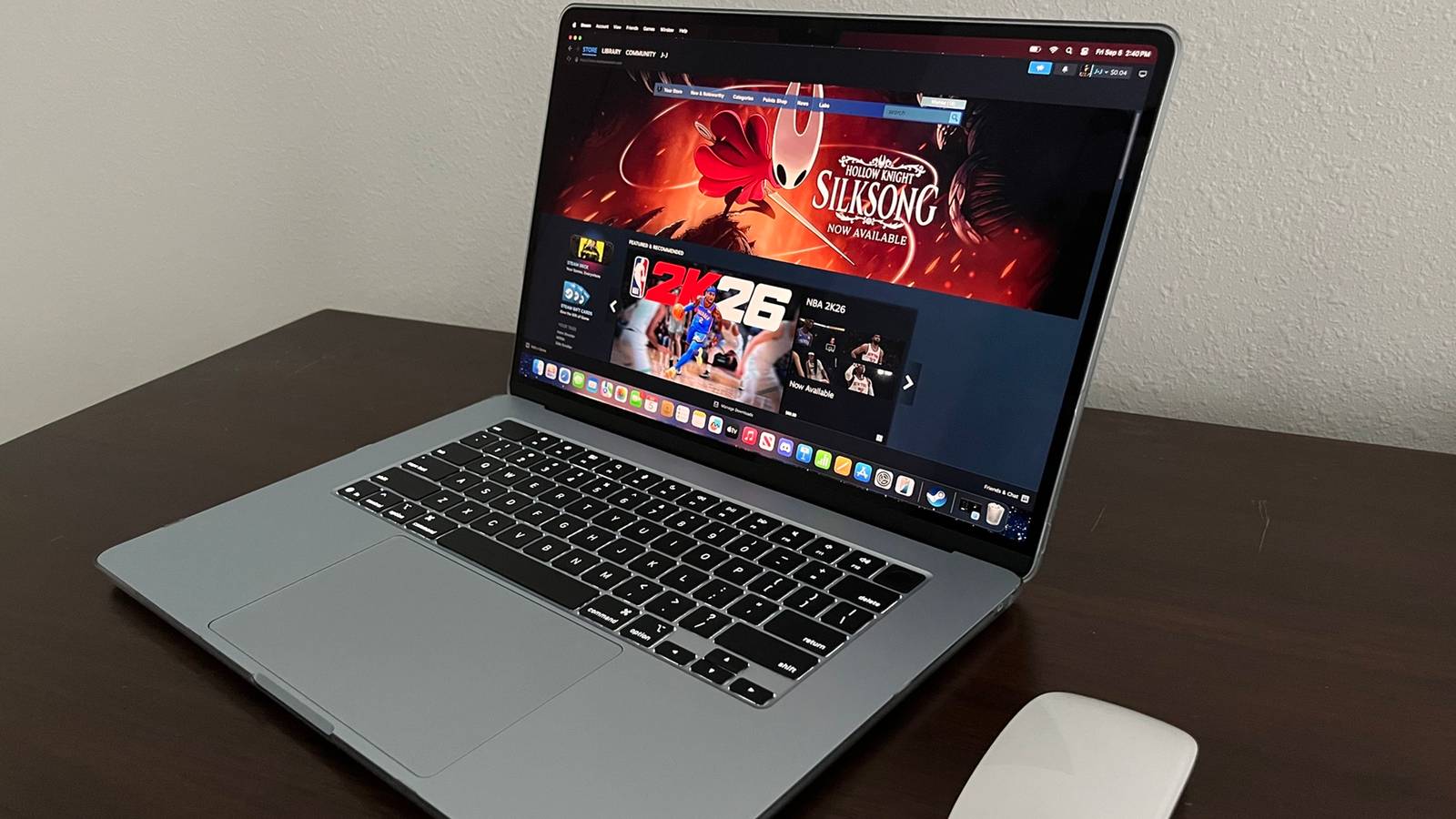You don't need expensive, complicated networking equipment to create a compelling home local area network (LAN). So long as your router and all other connected hardware work together and you have no issues running everything required, you're good to go. But should you wish to dabble in virtual LAN (VLAN) and other more advanced features, I highly recommend considering a managed switch.
I made the switch (pun intended) years ago, and it really is one of the smartest network upgrades I carried out.
4 More control over the network
Become the master of your own home
The primary reason for purchasing a managed network switch is to gain more control over the LAN. Your ISP-provided router likely has a few features available to the device that can create a more capable network, but this is often limited due to fewer physical ports and cumbersome firmware. An unmanaged switch is essentially a dumb switch that simply handles traffic routing.
That's where a managed switch comes into play. This takes the fundamentals of unmanaged switches and cranks everything up to 11. If you plan to create a smart home with numerous wireless devices connected to the LAN, perhaps even set up a guest network, and manage a significant amount of internal traffic, managed switches offer the means to create something truly special.
As well as having more control over how your network is configured and performs, using managed switches will enable you to monitor everything. Through using local admin interfaces, you can check to see what clients are using the most bandwidth, capture packets to check for troubleshooting and security, and it's simply easier to work out what's going wrong if you're encountering sluggish LAN performance.
3 Support for VLANs
Segregating the network
A virtual LAN is precisely as it sounds. With a managed switch, you can expand your home network and create VLANs, segmenting your network and clustering devices together. This can be especially useful when creating a guest network, with its own wireless access point (AP) and SSID. The same goes for smart home devices, which can all increase the risk of issues across the LAN. Keeping them separated helps boost security.
If you have a dozen smart light bulbs, a few plugs, and various appliances connected to your LAN, some of these will want to connect to external servers. Managed switches and firewalls can prevent this through rules, but through VLANs, you can keep IoT hardware such as these separated from other devices, like your PC or NAS. That's not to say VLANs can't interconnect, but they're great for keeping everything isolated.
For my own home network, after making the switch to managed, I created a VLAN for guests, one for known systems, and a third for NAS and other server-related hardware.
2 Aggregate all the links
Improved availability and throughput
Even if your managed switch only has 1Gb ports and you require more throughput, link aggregation can provide high-speed connections between the switch and a specific device. This is what I did for my NAS and other hardware, where larger transfers take place, allowing smaller connections to continue without fully saturating the combined logical link.
Link aggregation works by combining multiple ports into one logical link for data to be transferred through. This is obviously a good idea for increasing bandwidth between the client and the wider network, but it also has a second benefit in that should one of the ports or cables fail, the others will continue working, providing a level of redundancy.
Managed switches can also be the backbone of expansion, which is precisely what I required when adding more smart TVs, cameras, NAS, and home lab gear into the mix. None of this would have been possible if I were still using unmanaged switches, at least not to the degree that I required.
1 Learn something new
Be exposed to more advanced features
The best part about moving to more serious equipment, such as managed switches, is the ability to learn something new. If you've never exposed yourself to VLANs, DHCP snooping, limiting MAC addresses per port, creating and managing Access Control Lists (ACLs), link aggregation, and more, a managed switch can be a great first stepping stone on your journey to becoming a network guru.
Running your own managed switch (and other networking hardware) will provide much-needed hands-on experience if you plan to take things further. It's also great for learning how everything connects within your home and being better equipped to handle sudden, unexpected outages, and how to troubleshoot network-related problems.
Not everyone needs a managed switch, but you might
Unmanaged switches are indeed perfectly fine for adding more Ethernet links to a router, but a managed switch can completely transform how you use your network. Add a custom firewall, some equipment for selfg-h0sting apps and services to save money, and you'll have an incredibly powerful home network that can even save you a little in the long run.
.png)











 English (US) ·
English (US) ·